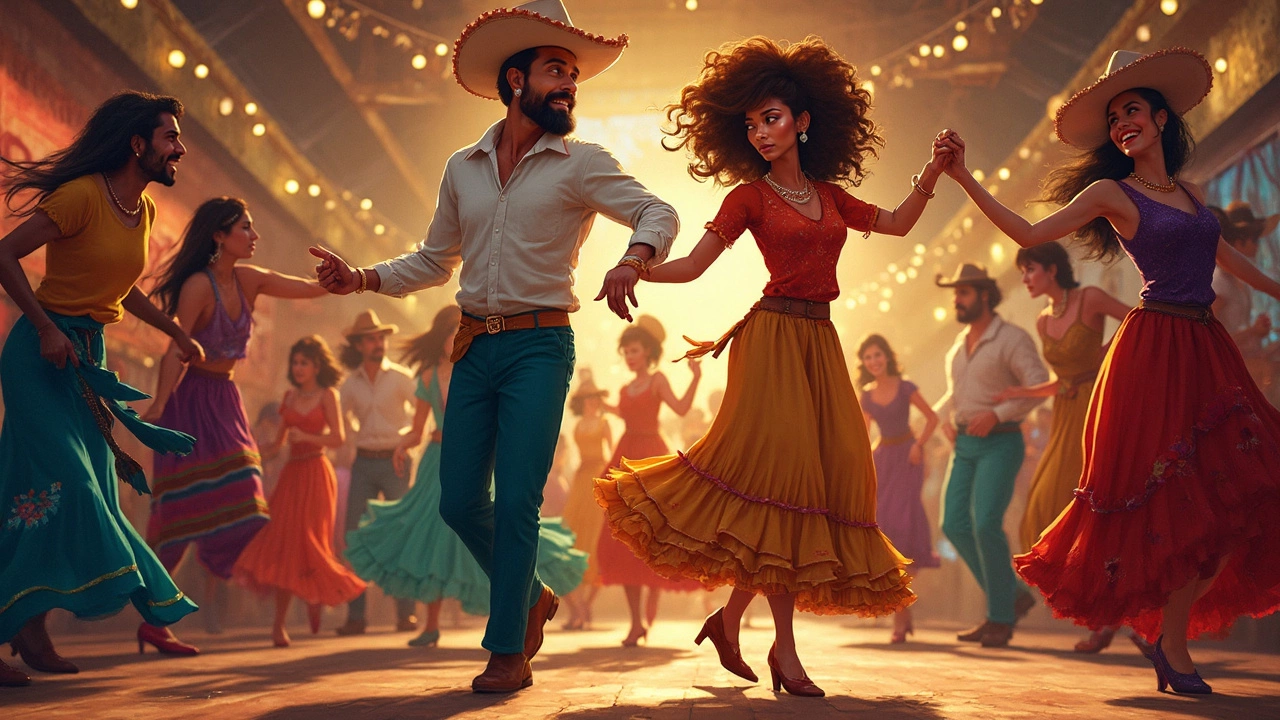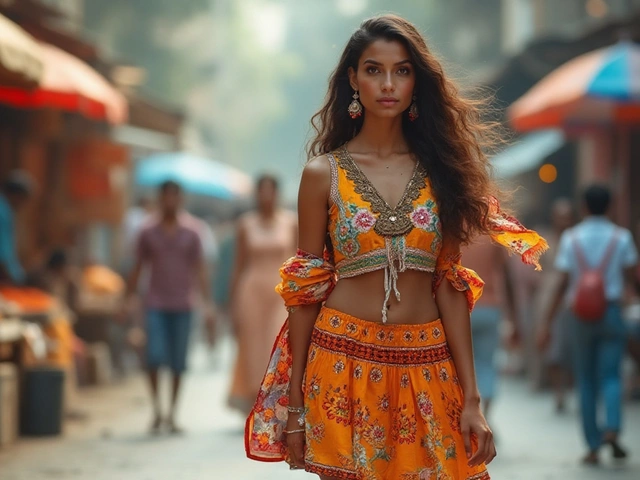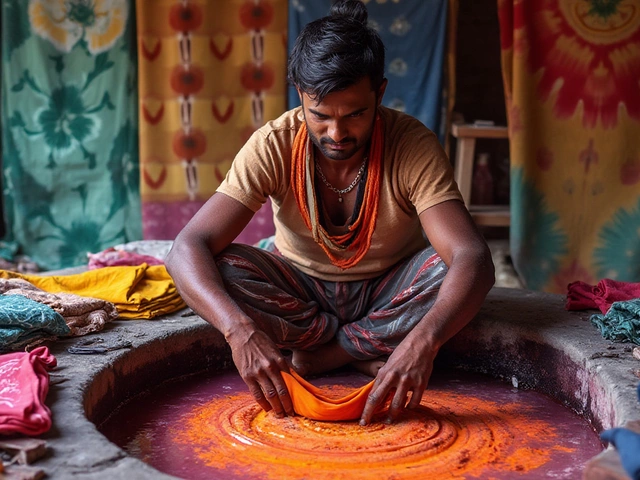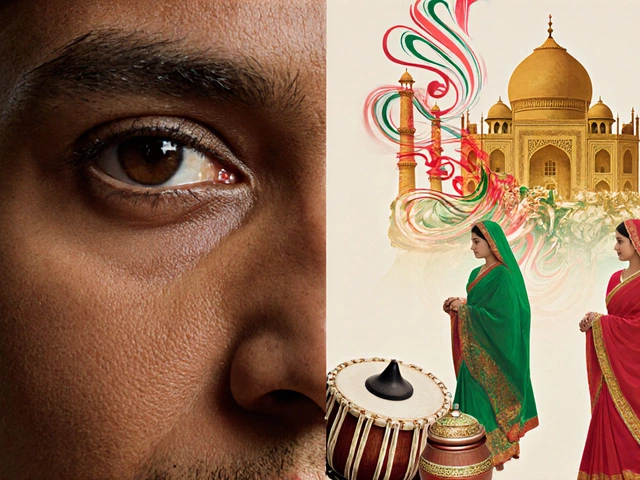Dance Traditions in India: From Bhangra to Bharatanatyam
India’s dance traditions, a living expression of regional identity, spiritual belief, and community celebration. Also known as Indian classical and folk dance, these forms aren’t just performances—they’re stories passed down through generations, tied to gods, harvests, weddings, and rites of passage. Every state, every village, even every family has its own rhythm. There’s no single Indian dance. Instead, there are dozens—each shaped by language, climate, history, and faith.
Take Bhangra, a high-energy folk dance from Punjab, performed during harvest festivals like Vaisakhi. It’s loud, bold, and full of jumps and claps—perfect for celebrating abundance. Then there’s Bharatanatyam, a centuries-old classical dance from Tamil Nadu, rooted in temple rituals and Hindu mythology. It moves with precision: every finger flick, eye glance, and foot tap carries meaning. These aren’t just dances. They’re coded languages of emotion and devotion.
Elsewhere, you’ll find Garba, a circular dance from Gujarat, danced around a lamp during Navratri to honor the divine feminine. In the northeast, Bihu, a lively Assamese dance tied to the agricultural calendar, bursts with bamboo sticks and drums. Even in the hills of Himachal, dances like Nati tell stories of mountain life through slow, flowing steps. These traditions don’t live in museums. They’re alive in village squares, school stages, and wedding halls across the country.
What connects them all? Music, movement, and meaning. Unlike Western dance, where technique often comes first, Indian dance traditions begin with devotion, community, or seasonal cycles. You don’t learn them to perform—you learn them to belong. That’s why beginners can start with simple steps in Bhangra or line dancing, and still feel part of something ancient. You don’t need years of training to feel the pulse. Just a beat, a smile, and the courage to move.
What you’ll find below is a curated look at these living traditions—from the easiest dance forms for newcomers to the deep cultural roots behind the steps. Whether you’re curious about why certain dances are performed barefoot, how costumes carry symbolic colors, or which regions still teach dance through oral tradition, the articles here answer those questions without fluff. No theory. No jargon. Just real stories from real people who keep these dances alive.





